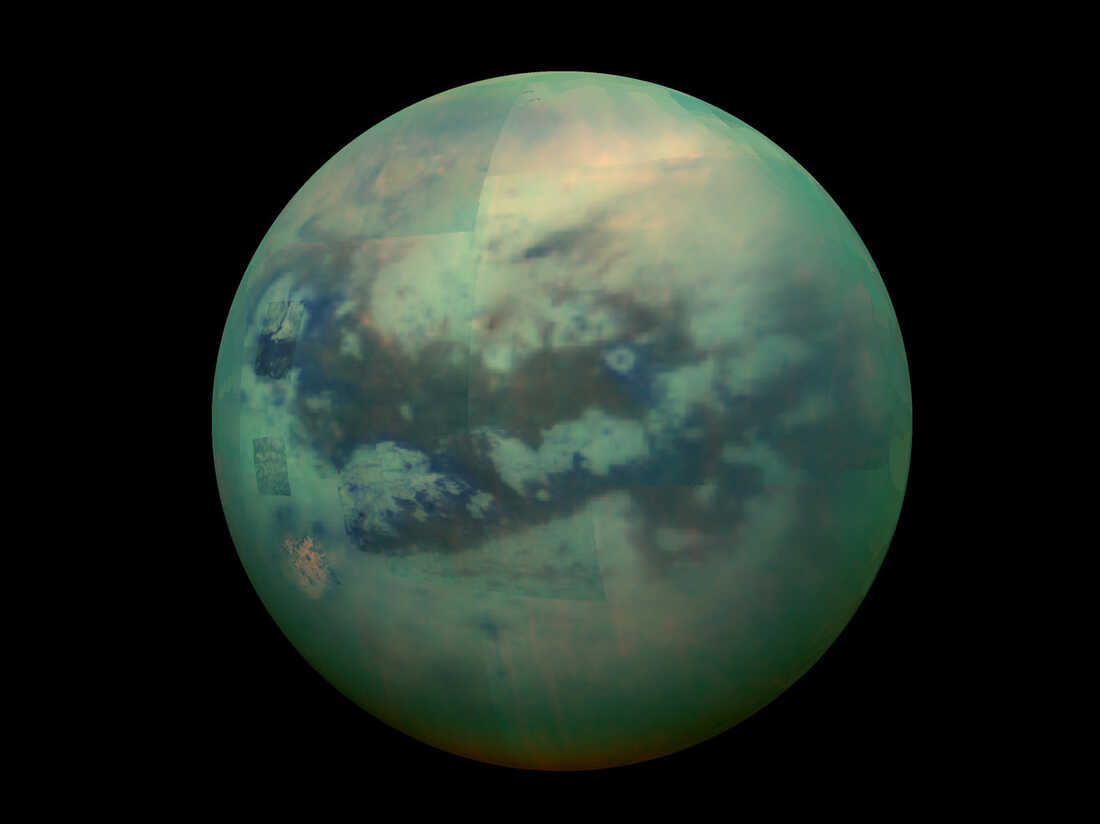Artemis-1 preparing to refuel for the fourth time (Photo: NASA)
Artemis-1 is once again ready after three unsuccessful attempts, NASA will refuel next month
The Artemis-1 Mega Moon rocket has undergone weight dress rehearsals three times, all three NASA attempts were unsuccessful. But in June, NASA is once again preparing to refuel Artemis 1.
- PALERA , 08 May 2022,
- Updated at 3:14 PM IST
- ● The next Wet Dress Rehearsal could be in June
- ● Rocket could be ready for launch in August
NASA will try to refuel its Artemis 1 Mega Moon rocket for the fourth time in June next month. If everything goes according to plan, this rocket could be ready for launch in August. The US Space Agency has already made three unsuccessful attempts to complete the 'Wet Dress Rehearsal' of Artemis 1.
The Artemis 1 stack has a 322 ft (98 m) Space Launch System (SLS). Above it is an Orion capsule without a crew. It was rolled out to pad 39B in March, for weight dress rehearsals at NASA's Kennedy Space Center in Florida.
It started on April 1 and was supposed to be completed after two days, but engineers found several problems in it.A valve was found stuck on the mission's mobile launch tower and a hydrogen leak was also found in one of the umbilical lines connecting the tower to the SLS.
On April 25, the team lifted the Artemis 1 stack from Pad 39B and moved it back to the Vehicle Assembly Building (VAB) at Kennedy Space Center to examine and fix the rocket's problems.
NASA officials say that work is going well here. The team has replaced the faulty valve and also found out why it was stuck. It was not being able to seal properly because of a piece of rubber.At the same time, the helium leak happened because the umbilical bolts got a little loose. Work continues on Artemis 1. The team sincerely hopes that it will be completed soon.
Jim Free, associate administrator for NASA's Exploration Systems Development Mission Directorate in Washington, says the next weight dress rehearsal could be as early as mid-June.
Let us tell you that Artemis 1 will send the Orion spacecraft on a one-month-long journey around the Moon , with no crew. This spacecraft will carry many instruments to study the radiation environment of deep space for missions to the Moon and beyond.
If Artemis 1 is successful, Artemis 2 will send astronauts around the Moon in 2024, and Artemis 3 will land astroauts near the Moon's South Pole around 2025.

















